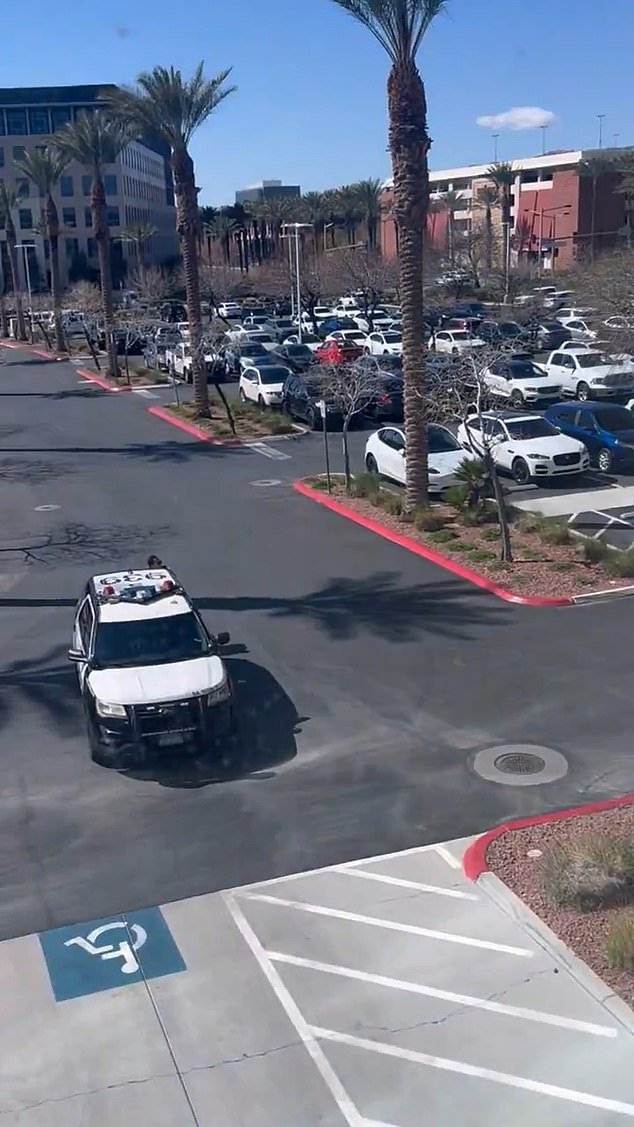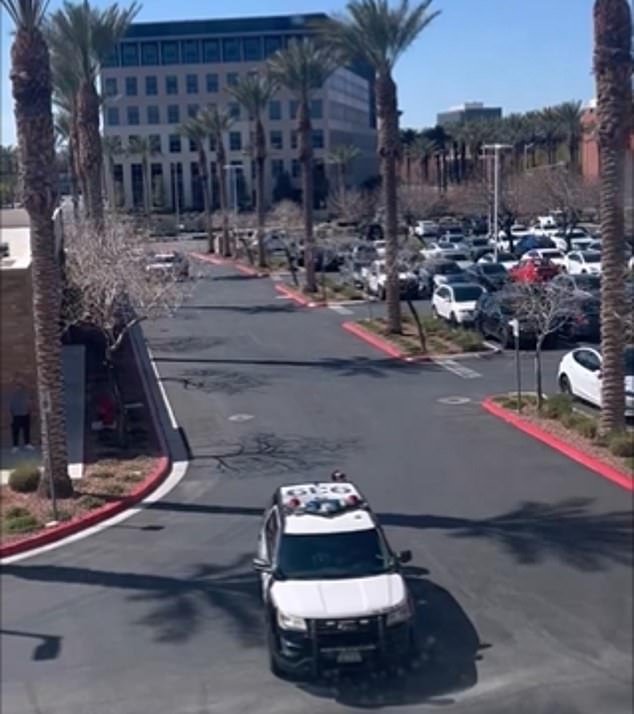- LVMPD investigating shooting in Summerlin, Nevada
- Multiple victims have been reported
- This is a developing story, check back for more details.
<!–
<!–
<!– <!–
<!–
<!–
<!–
Several people were reportedly shot at an office building in Summerlin, Nevada, according to Las Vegas police.
“We are investigating a shooting inside a business near Pavilion Center Drive and Charleston,” the Las Vegas Metropolitan Police Department said.
‘This is a dynamic event and multiple LVMPD emergency vehicles are responding. Please avoid the area. We will have more information soon,” the department shared in X.
Several casualties have been reported, although it is not yet clear if there were any fatalities.
The shooting reportedly took place at the Prince Law Group law firm.
LVMPD received a call of a shooting shortly after 10 a.m. inside a business in the 10800 block of Charleston Boulevard.
‘All roads near Charleston Blvd. and Pavilion Center Dr. are closed. This includes Charleston Blvd. in both directions from Red Rock Dr. past Pavilion Center Dr. Please avoid the area,” LMVPD said in a recent update.

Several people were reportedly shot at an office building in Summerlin, Nevada.


“We are investigating a shooting inside a business near Pavilion Center Drive and Charleston,” the Las Vegas Metropolitan Police Department said.
A resident who lives near the scene of the shooting shared the aftermath on an Instagram live and called it a “tense” situation.
He said LVMPD, undercover cars, Las Vegas Fire and Rescue and the Clark County Fire Department were responding to the situation.
Police are warning residents to avoid the area due to a heavy police presence and the intersection is closed to traffic while the investigation continues.
The office building is near Red Rock Casino Resort and Spa.
No other details have been shared at this time.
This is a developing story; Please check back for more details.
